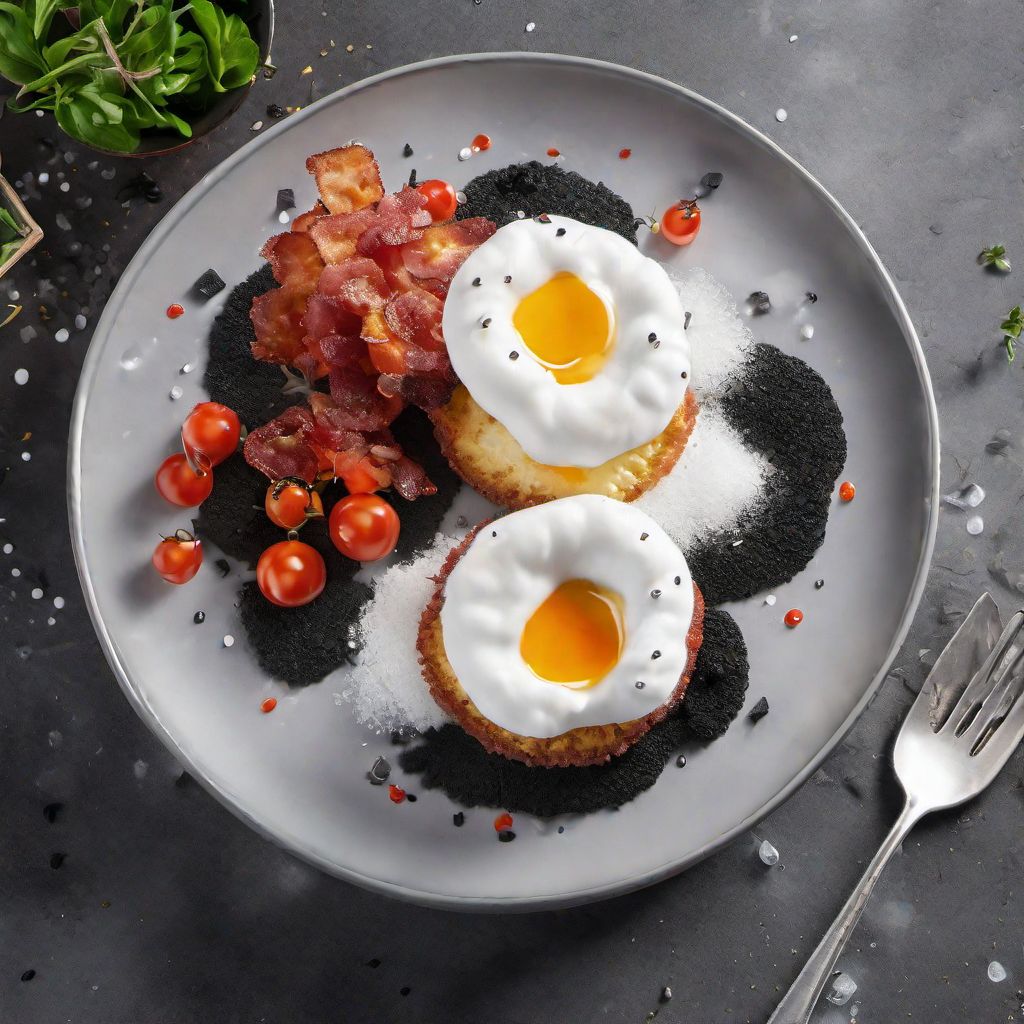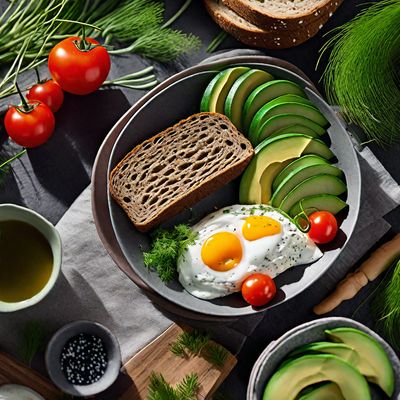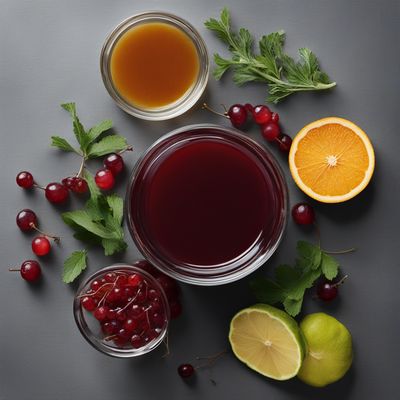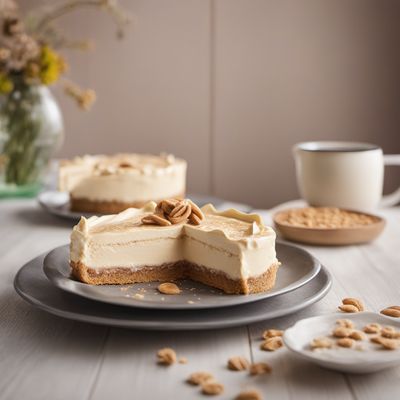
Recipe
Molecular Gastronomy English Breakfast
The Molecular Twist: Deconstructed English Breakfast
4.9 out of 5
In the realm of molecular gastronomy, we reimagine the classic English Breakfast, infusing it with innovative techniques and presentation. This avant-garde adaptation combines scientific principles with culinary artistry to create a visually stunning and gastronomically delightful experience.
Metadata
Preparation time
60 minutes
Cooking time
45 minutes
Total time
105 minutes
Yields
2 servings
Preparation difficulty
Hard
Suitable for
Vegetarian (with modifications), Pescatarian (with modifications), Gluten-free (with modifications), Dairy-free (with modifications), Low-carb (with modifications)
Allergens
Eggs, Bacon, Wheat (in toast crumbs), Soy (in baked beans spheres)
Not suitable for
Vegan, Paleo, Nut-free, Soy-free, Egg-free
Ingredients
While the traditional English Breakfast is a hearty and rustic dish, the molecular gastronomy version takes a more refined and experimental approach. The ingredients are deconstructed, transformed into unique textures, and presented in unexpected ways. This adaptation focuses on enhancing flavors and textures through scientific methods, resulting in a truly extraordinary breakfast experience. We alse have the original recipe for English Breakfast, so you can check it out.
-
2 sous vide poached eggs 2 sous vide poached eggs
-
100g (3.5oz) liquid nitrogen-frozen bacon foam 100g (3.5oz) liquid nitrogen-frozen bacon foam
-
50g (1.8oz) nitro-crisped hash browns 50g (1.8oz) nitro-crisped hash browns
-
30g (1oz) molecular tomato caviar 30g (1oz) molecular tomato caviar
-
20g (0.7oz) liquid nitrogen-frozen black pudding powder 20g (0.7oz) liquid nitrogen-frozen black pudding powder
-
10g (0.35oz) molecular baked beans spheres 10g (0.35oz) molecular baked beans spheres
-
5g (0.2oz) molecular toast crumbs 5g (0.2oz) molecular toast crumbs
-
1 sprig of molecular herb garnish 1 sprig of molecular herb garnish
Nutrition
- Calories (kcal / KJ): 450 kcal / 1884 KJ
- Fat: 25g total, 8g saturated
- Carbohydrates: 30g total, 5g sugars
- Protein: 25g
- Fiber: 5g
- Salt: 2g
Preparation
-
1.Preheat a water bath to 63°C (145°F) for sous vide eggs.
-
2.Prepare the liquid nitrogen-frozen bacon foam by blending cooked bacon with liquid nitrogen until a foam consistency is achieved.
-
3.Use liquid nitrogen to freeze the hash browns until crisp.
-
4.Create molecular tomato caviar using the spherification technique.
-
5.Transform black pudding into a powder by freezing it with liquid nitrogen and blending it into a fine consistency.
-
6.Prepare molecular baked beans spheres using reverse spherification.
-
7.Crush toast into crumbs and freeze with liquid nitrogen.
-
8.Sous vide the eggs at 63°C (145°F) for 45 minutes.
-
9.Assemble the dish by placing the sous vide eggs on a plate and arranging the bacon foam, hash browns, tomato caviar, black pudding powder, baked beans spheres, toast crumbs, and molecular herb garnish.
Treat your ingredients with care...
- Sous vide eggs — Ensure the water bath is accurately set to 63°C (145°F) for perfectly cooked eggs.
- Liquid nitrogen — Handle with caution and wear protective gloves when working with liquid nitrogen.
- Spherification — Follow the instructions carefully to achieve the desired texture and consistency.
- Molecular herb garnish — Use delicate herbs like microgreens or edible flowers for an elegant touch.
- Nitro-crisped hash browns — Be careful when freezing the hash browns with liquid nitrogen to avoid any splattering.
Tips & Tricks
- Experiment with different flavors and textures by incorporating molecular techniques into other components of the English Breakfast.
- Substitute traditional ingredients with molecular alternatives to create surprising twists.
- Use a molecular gastronomy kit to simplify the process and ensure accurate measurements.
- Play with temperature contrasts by serving some elements hot and others cold.
- Don't be afraid to get creative and push the boundaries of traditional breakfast dishes.
Serving advice
Serve the Molecular Gastronomy English Breakfast on a white plate to showcase the vibrant colors and intricate textures. Encourage guests to explore the dish by trying different combinations of elements. Provide small spoons or forks for easy sampling.
Presentation advice
Arrange the deconstructed elements of the dish in an artistic and visually appealing manner. Use negative space on the plate to create balance and highlight the individual components. Consider adding edible flowers or microgreens for an extra touch of elegance.
More recipes...
For English Breakfast » Browse all
For English cuisine » Browse all
For Molecular gastronomy » Browse all
More English cuisine dishes » Browse all

Langley Wakes Cakes
Langley Wakes Cakes are a traditional English cake that is often served during breakfast or brunch. They are a small, sweet cake that is similar...

Fruit Fool
Fruit Fool is a classic English dessert that is made with whipped cream and fresh fruit. It is a light and refreshing dessert that is perfect for summer.

Pease Pudding
Pease pudding is a traditional English dish made with split peas. It is a simple and hearty dish that is often eaten as a side dish.











